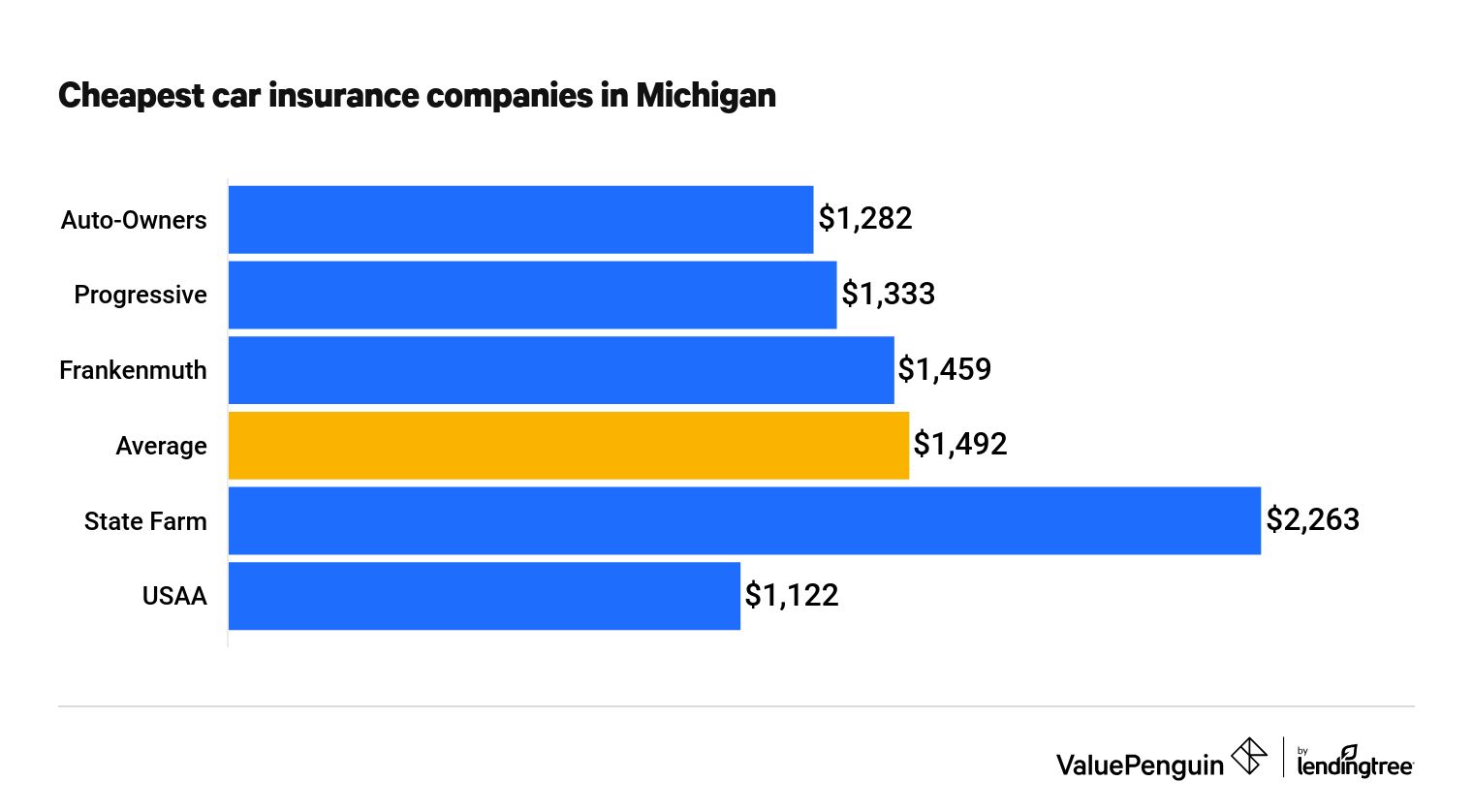The Outlook of Auto Coverage: Improvements and Movements to Observe
The environment of automobile insurance is undergoing a significant shift, driven by progress in tech and changes in buyer expectations. With driving habits adapt and vehicles become intelligent, the auto insurance industry is adapting to satisfy emerging requirements. These changes not only enhance the customer experience but also aim to boost the precision of insurance costs.
Advancements such as automated tracking, artificial intelligence, and pay-as-you-drive insurance are setting the stage for a more personalized approach to vehicle insurance. Looking towards the future, it is crucial to investigate the trends that are defining this field and how they will impact both providers and clients alike. Understanding these developments can help consumers take informed decisions and navigate the challenges of vehicle insurance in an ever more dynamic market.
Developing Technologies in Car Insurance
As the vehicle insurance industry transforms, new technologies are altering how insurers evaluate risk and interact with clients. Advanced data analytics and artificial intelligence are now vital tools for insurers, enabling them to examine vast amounts of driving data gathered from telematics devices. best car insurance near me observe driving behavior, providing insights into velocity, braking patterns, and overall safety on the road. Insurers can use this data to create personalized policies based on unique risk profiles, which produces more accurate premiums and potentially lower costs for safe drivers.
Another significant technological breakthrough is the use of blockchain in car insurance. This technology offers transparency and security in transactions between insurers and policyholders. Smart contracts, a feature of blockchain, can automate claims processing, shortening the time and complexity involved in finalizing claims. By ensuring a secure and tamper-proof way to store insurance policies and claims history, blockchain can enhance trust between customers and insurers, finally optimizing the entire insurance process.
Furthermore, the rise of connected cars is positioned to change the auto insurance landscape. With vehicles loaded with internet connectivity and sophisticated sensors, insurers can gather real-time data on vehicle condition and incidents. This information not only aids in risk assessment but also allows proactive measures to stop accidents. As the market for connected vehicles expands, look for to see insurance products specifically tailored for these smart vehicles, adapted to their special features and the data they offer.
Trends Transforming the Prospects of Auto Coverage

A of the major trends redesigning auto insurance is the incorporation of technology, particularly the implementation of telematics. Insurers are gradually employing devices that observe driving behavior, including speed, braking patterns, and even time of day driving. This data allows companies to offer personalized premiums based on specific risk profiles, promoting safer habits and possibly decreasing costs for consumers who exhibit responsible behavior. By harnessing this real-time information, the industry is shifting towards a more customized approach to pricing and policy development.
One more pivotal trend is the rise of flexible insurance models. As consumers look into alternative transportation options and adopt car-sharing services, insurers are now offer flexible coverage that meets diverse driving habits. This shift reflects a transformation in consumer behavior, with many individuals seeking insurance that aligns with their actual usage rather than the conventional fixed annual premiums. As a result, coverage options are designed to fit occasional drivers or those who utilize alternative vehicles, improving accessibility and affordability in the insurance market.
Furthermore, the emergence of artificial intelligence is transforming claims processing and customer service in auto insurance. Automated systems can process claims quickly, reducing the time it takes for consumers to receive payments or repairs. Additionally, AI-powered chatbots and virtual assistants are enhancing customer interactions, providing immediate responses to inquiries. This trend not only improves customer satisfaction but also allows insurers to streamline operations and reduce administrative costs, paving the way for a more efficient and responsive insurance landscape in the future.
Influence of AI and Large Data Sets on Pricing
AI and Big Data are changing how car insurance providers assess risk and establish rates. By leveraging large volumes of data, these tools allow insurers to evaluate the behavior of drivers in real-time, taking into account different aspects such as driving patterns, vehicle usage, and even surrounding factors. This complex analysis allows insurers to offer personalized rates that reflect individual profiles of risk rather than depending on generalized statistics.
Furthermore, artificial intelligence algorithms can quickly handle claims and detect fraud more quickly than traditional methods. This not only accelerates the claims process for genuine clients but also lowers costs for insurers, leading to more advantageous rates. As insurers continue to refine their methodologies using machine learning techniques, the accuracy of risk evaluations will only get better, resulting in fairer premiums customized for each policyholder.
As the adoption of artificial intelligence and large datasets becomes more common, we can anticipate a substantial change in how consumers view car insurance. The transparency brought about by personalized pricing will empower drivers to make strategic choices about their insurance. Consequently, this could result in a more dynamic market where brand loyalty is driven by quality and customer service rather than mere brand recognition, paving the way for innovative products in vehicle insurance.